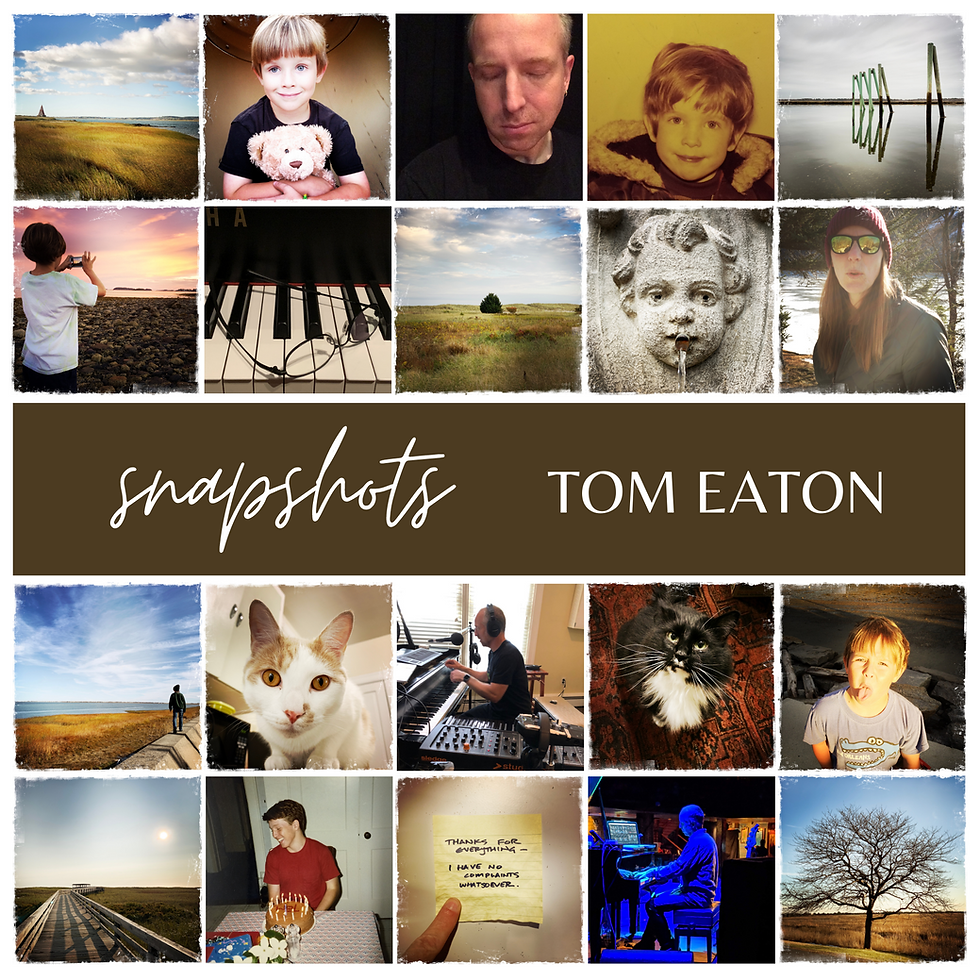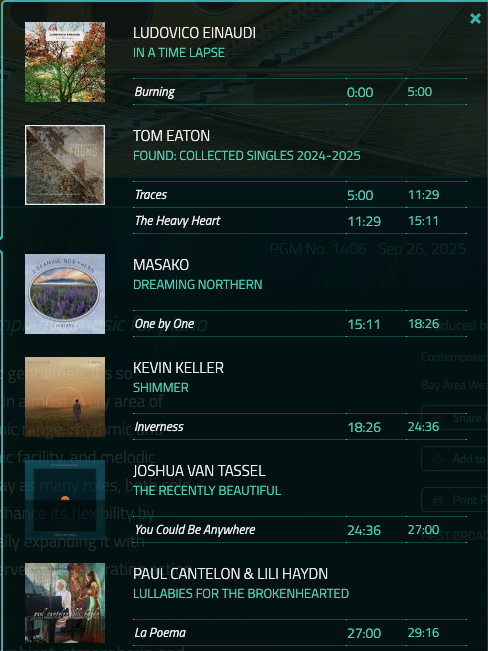
RECENT POSTS

February 13, 2024
March 2021: Snapshots
I started playing piano in high school around 1985 or so. I’m not sure what led me to it, but from the very beginning, I felt like sitting at a piano was an opportunity to collaborate, an opportunity to converse with a machine made only for expression.
My lessons hit an early dead end when it became clear that my teacher had little interest in feeling, something I learned later is very common in the world of classical music training. Getting the notes off the page and through the fingers was a process that seemed to bypass the heart entirely, and I was having none of it. I quit my human teacher and started to listen to the instrument… and that’s when I really began to fall under the spell of music.
I just released Snapshots, my first solo piano project, and it got me thinking about my relationship with the instrument and how much the music I make relies on the contributions of the piano itself.
Energy storage is defined as “energy produced at one time for use at a later time” (at least that’s what Wikipedia says). A typical piano has enough string tension in it to explode if the metal harp the strings are attached to cracks. There are literal tons of tension (18 or 20 tons seems typical) cranked into those strings via the tuning pegs in the massive wood pinblock. Each string is a tensed muscle of infinitely patient sonic potential. It’s amazing to consider how quietly an entity with that much raw sound-generating power can wait.
Fred Jones (the ascot-wearing Scooby-Doo leading man) could not have devised a more bizarre and complicated mechanism than the one that comes into play with every key press. But, at the end, as the damper lifts and the hammer strikes the string… all that stored energy pays off. It was waiting for my teenage fingers. Or waiting for my teenage heart. Waiting to say its piece in response to my input. And over the years, at pianos scattered around music buildings, theaters, houses, and studios, I learned to ask and listen, ask and listen, while working out my demons or trying to heal broken hearts.
From the very beginning, I felt that pianos were alive. I eventually realized that every time I sit in front of one, it’s up to me to show up to the conversation and reap the reward for doing so. The right piano — and I’ve been fortunate to have access to a few that are very right — is a great therapist: always willing to talk, always responsive, and always understanding. Playing the piano taught me to be in the moment with my own feelings, and those moments have sustained and healed me throughout my life.
During 2020, I inexplicably found myself with both some alone time and a piano, and, while pondering the eternal question of “what is the opposite of a bagel?” I devised a challenge of setting a one-minute timer and seeing if I could develop a meaningful idea in under a minute. During the process of this minor adventure, I unexpectedly discovered that depth of feeling requires no particular time frame to develop and that I could go deeply into a feeling much more quickly than I would have imagined.
The availability of my emotions has definitely changed over the years, as I get older and perhaps a little more reflective, but the power of the piano remains an essential part of uncovering my own truth. Like a catapult or a slingshot for each small idea… I begin, and the piano suggests, I follow, and suddenly there is music. We make it together.
When creating music for public consumption, I have tended to wrap the piano in gauze and textures to keep a little mysterious distance between the moment and the listener. I have referred to the piano as the gateway drug to ambient music… the familiar sound that allows me to lure people into a world of fabricated sound.
But as I explored a solitary conversation with the energy of this instrument I’ve been playing every day since I was a teenager, I came to enjoy the directness of what we were making. The music is honest and spare, playful and melancholy. It shows two old friends playing catch with ideas and suggestions. It presents a kind of truth I haven’t put on record before. And so, apparently, it was time to do just that.
The 25 piano improvisations presented on Snapshots, released this week, are my favorites of the music that emerged from my one-minute-meaning challenge. Each piece is loosely inspired by fleeting moments in my life, and each piece began by me sitting at the piano and asking it “What comes after this?” as I put my hands down.







